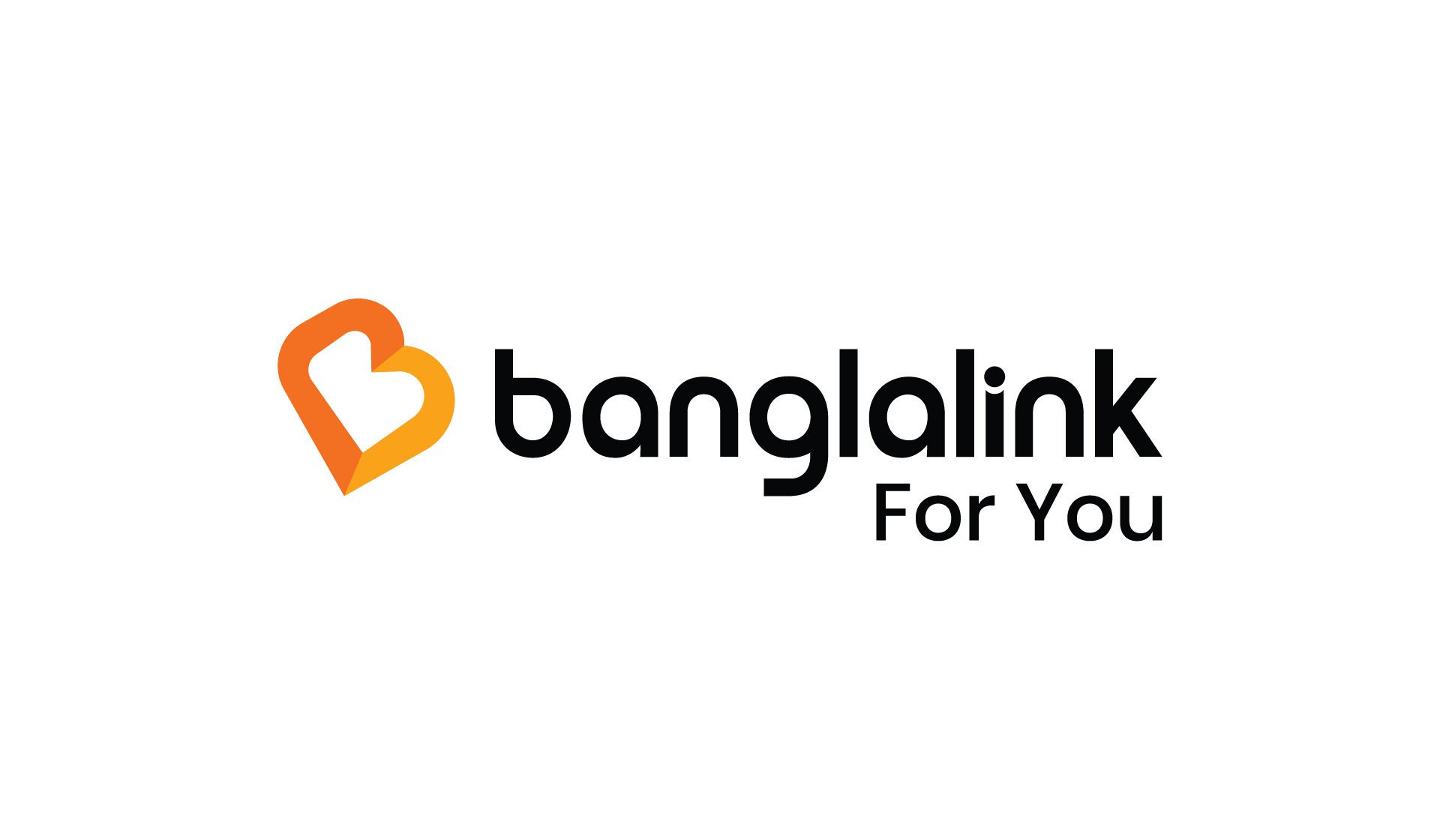An overview of Bangladesh’s current economic scenario based on findings from The World Bank’s report on poverty reduction.
As Bangladesh stands at the crossroads of global geopolitical challenges, the resilience of its economic fabric comes under scrutiny. Although the country exhibited a noteworthy recovery post-2022, the 2023 fiscal year saw setbacks attributed to escalating inflation, vulnerabilities in the financial sector, external pressures, and overarching uncertainty in the global economic landscape. In its biannual update, the World Bank describes the present state of Bangladesh’s economy and outlines a path forward to navigate the persisting economic crisis.
According to the recent report titled ‘Bangladesh Development Update – New Frontiers in Poverty Reduction,’ pivotal reforms targeting inflation, encompassing both monetary and fiscal policies, along with addressing vulnerabilities in the financial sector, are deemed crucial for sustaining economic growth and reducing poverty in the country. This recommendation is underscored by the escalating daily prices of commodities, particularly affecting the middle class and rendering them highly susceptible to unpredictable market conditions. Notably, the inflation rate in Bangladesh witnessed an increase, rising from 9.63% in September 2023 to 9.93% in October 2023. Projections from Trading Economics’ global macro models and analysts anticipate a further uptick, reaching an estimated 10.60% by the end of the current quarter.
The unrestrained trajectory of inflation can be attributed largely to the fluctuating exchange rate. To address this issue, the World Bank advocates for the adoption of a singular market-based exchange rate, aiming to enhance the attraction of foreign currency inflows through formal channels and provide bolstering support to the balance of payments and reserve accumulation. The dwindling trend in foreign exchange reserves in Bangladesh underscores the urgency of this recommendation; in February 2022, foreign reserves stood at USD 45.9 billion, experiencing a notable decline to USD 26.5 billion by October 2023.
Driven by economic growth, Bangladesh has made significant strides in enhancing living conditions, achieving a noteworthy reduction in extreme poverty from 9.0% in 2016 to 5.0% in 2022. This accomplishment positions the country slightly in front of nations in Latin America and the Caribbean and surpasses the average for South Asian countries. The updated poverty figures are based on the international poverty line of USD 2.15 per day (based on 2017 Purchasing Power Parity) and draw from the data provided by the Bangladesh Bureau of Statistics (BBS), utilizing the Household Income Expenditure Survey for 2022 and re-estimation for 2016.
Abdoulaye Seck, the World Bank Country Director for Bangladesh and Bhutan, acknowledged Bangladesh’s multifaceted progress in poverty reduction, emphasising improvements in the well-being of impoverished individuals. This encompasses advancements such as diminished infant mortality, reduced stunting, increased access to electricity, sanitary toilets, and enhanced educational opportunities. Seck particularly commended the accelerated pace of poverty reduction in rural areas, surpassing that of urban towns and cities. However, he noted a widening inequality in urban areas. Speaking on behalf of the World Bank, Seck expressed its commitment to stand ready to assist Bangladesh in implementing vital reforms to expedite inclusive economic growth as the nation continues its endeavours to alleviate poverty.
Accompanying the World Bank’s report was the recent ‘South Asia Development Update – Toward Faster, Cleaner Growth.’ According to this report, South Asia is projected to achieve a growth rate of 5.8% this year, surpassing other emerging and developing regions globally. However, this growth rate falls short of the pre-pandemic pace and is deemed insufficient to meet the region’s development goals.
DRIVEN BY ECONOMIC GROWTH, BANGLADESH HAS MADE SIGNIFICANT STRIDES IN ENHANCING LIVING CONDITIONS, ACHIEVING A NOTEWORTHY REDUCTION IN EXTREME POVERTY FROM 9.0% IN 2016 TO 5.0% IN 2022
Given Bangladesh’s economic interdependence with neighbouring countries, the development in the broader South Asian region serves as a pivotal indicator for the nation’s overall economic outlook. As outlined in the regional report by the South Asia Development Bank, the forecast anticipates a deceleration in growth to 5.6% in both 2024 and 2025. This slowdown is attributed to the waning effects of the post-pandemic rebound. Moreover, factors such as monetary tightening, fiscal consolidation, and diminished global demand are expected to exert downward pressure on economic activity across South Asian nations.
The outlook for growth carries inherent risks, primarily stemming from precarious fiscal positions. Across South Asian countries, the average government debt reached 86% of GDP in 2022, amplifying the vulnerabilities to defaults, heightened borrowing costs, and the redirection of credit away from the private sector. Additionally, the region faces potential challenges arising from a potential deceleration in China’s economic growth and the escalating frequency and intensity of natural disasters exacerbated by climate change. These factors collectively contribute to the downside risks in the growth prospects of the South Asian economies.
Martin Raiser, the World Bank Vice President for South Asia, highlighted that although South Asia is making consistent progress, most countries in the region are not experiencing growth at a pace conducive to reaching high-income thresholds within a generation. This observation holds particular significance for Bangladesh’s aspiration to attain high-income status by 2041. To realise this ambitious goal, it is imperative for South Asian countries to promptly manage fiscal risks and prioritise measures aimed at accelerating growth. This includes fostering private sector investment and leveraging opportunities arising from the global energy transition.
While Bangladesh takes a significant stride toward cleaner energy with the expected operation of the Rooppur Nuclear Power Plant in 2024, there is a need for an intensified focus on renewable and energy sources. Current efforts in this domain remain relatively modest, with only 1% of the total energy output in Bangladesh originating from renewable sources.
With fiscal challenges constraining their capacity, South Asian governments find themselves with limited resources to fully leverage the benefits of the global energy transition. The ongoing energy shift, however, could serve as a potential avenue for future growth and job creation in South Asia. This hinges on whether the transition prompts increases investments by firms, contributes to the reduction of air pollution, and diminishes reliance on fuel imports.
Franziska Ohnsorge, World Bank Chief Economist for South Asia, emphasised the necessity for improved alternatives, particularly in the context of energy efficiency. Currently, South Asia’s energy intensity of output is approximately twice the global average, and the region is trailing in the adoption of more advanced energy-efficient technologies. Amidst the backdrop of a swiftly evolving global energy landscape, South Asia faces the imperative to enhance energy efficiency. This not only aligns with environmental goals but also represents an economic opportunity for the region.















